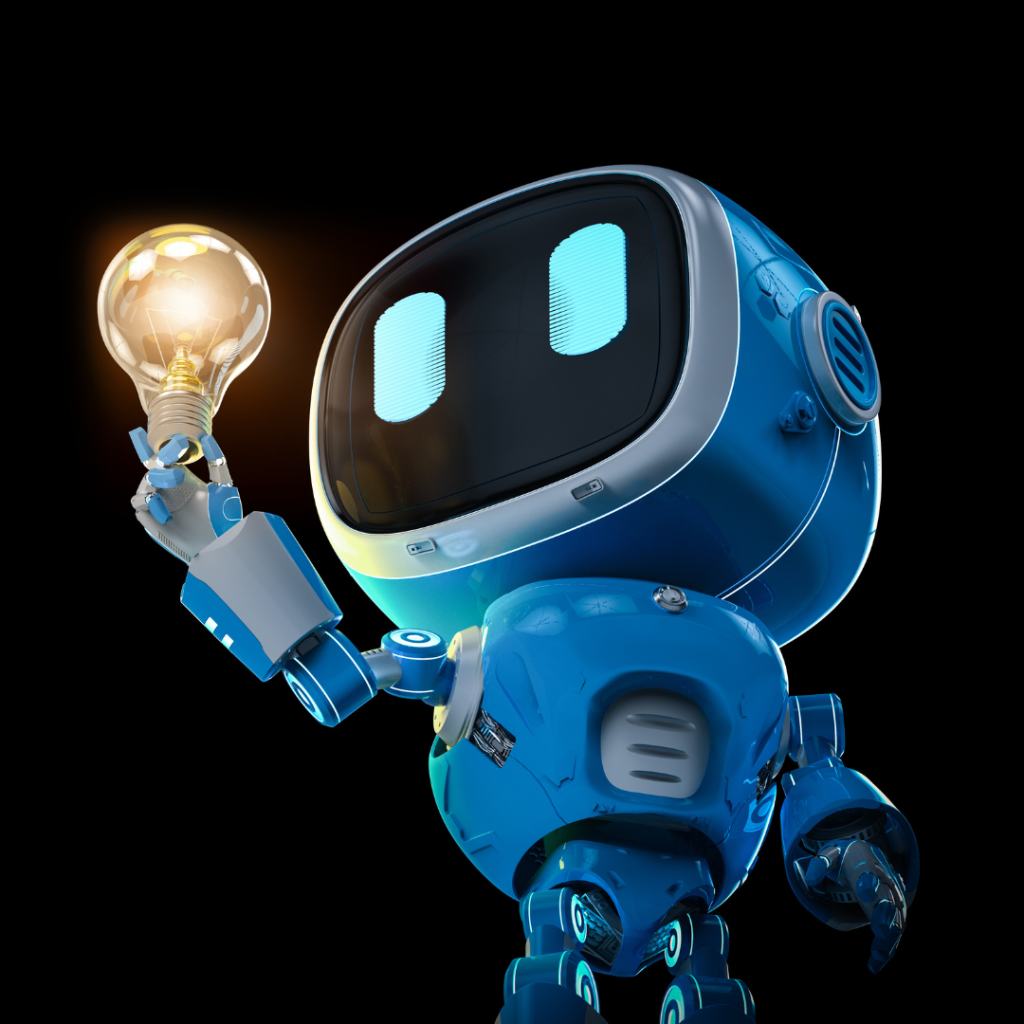When designing learning, have you ever wondered why some information and behaviors stick, while others don’t make it beyond the training experience?
Let’s start with the importance of emotion and memory. While learning and development functions typically focus on technical content and skill-building that are mandated from leadership, neuroscience tells us that we vividly recall significant failures and successes, and the things we care about, but struggle with what doesn’t interest us. Nick Shackleton-Jones’ work with the affective context model leverages this to highlight that we remember our reactions to events more than the events themselves.
This is where the issue arises with top-down approaches to training. If the thing that you will remember is the thing that struck a chord with you, how can we design a learning solution if we don’t know you?
The answer is, of course, by understanding what our audiences care about. This means speaking to learners and asking questions to understand the emotional context of their experiences.
Once we understand this, we often take guidance from Shackleton-Jones, who suggests two approaches for driving change depending on where the gap is:
- Design experiences: When the audience isn’t interested in the content, we need to push them to learn by crafting engaging, emotionally resonant experiences. This is also supported by Adam Grant’s “deliberate play” approach that suggests breaking skills into enjoyable elements—through role-playing, creative storytelling, or problem-solving tasks.
- Design resources: If the audience already cares about the topic, focus on providing the necessary resources without overburdening them with instructional design.
When designing a course, it can be tempting to start with “what are we going to put in the course?” “what will the content be?” However, the affective context model tells us, we should be starting with ”what do we expect people to do? How do they feel about doing this? What are the challenges they face?”
Elephant and Rider framework: Logic vs. Emotion
Behavior science also highlights the importance of emotion and its dance with logic in our learners’ decision-making processes. Psychologist Jonathan Haidt’s useful Elephant and Rider framework reiterates that our rational side may map out a perfect plan, but if our emotional drive isn’t aligned, progress will stall. This is where the elephant and rider metaphor comes in. Picture the rider as our rational mind, perched atop the elephant, which embodies our emotional brain. For the rider to achieve their goal, the elephant must comply and carry the rider to their destination.
For real change to occur, we must guide both the rider and the elephant along a clear, obstacle-free path. This means our learning solutions need to provide logical direction, spark emotional motivation, and simplify the journey so the elephant and rider can easily work together to make progress almost inevitable.
Fogg Behavior Model
Layer this with the insights from the Fogg Behavior Model, which tells us that for a behavior to occur, three elements must converge simultaneously: a prompt and the ability and motivation to act. Imagine your phone ringing (the prompt). Whether you answer depends on your ability (are you in a meeting?) and your motivation (do you want to talk to the caller?). It’s a delicate balance where motivation and ability must align perfectly at the moment of the prompt.
As designers, this means we can’t ignore the motivation part of the equation. Often our approaches focus on ability (what skills and resources does our audience need to know in order to do this behavior?) and the prompt (how can we signal to the learner to do the behavior now?). However, no matter how engaging our prompts and resources are, if the learner’s motivation isn’t there we won’t see the behavior.
What does a human-centric approach to learning look like?
By knowing both the intended result of the learning solution and what is important to our audience, we can shift our focus from “what is the content they need to know” to “how can I remove barriers and increase motivation.” This involves designing with empathy, tuning into both the emotional and rational experiences of our audience, and creating pathways that are not only accessible but also deeply engaging.
By aligning our strategies with the neuroscience of motivation, we can bridge the gap between what science knows and what business does, and in-turn, craft learning solutions that truly resonate with our audience and drive meaningful change.





